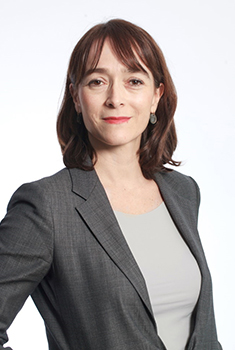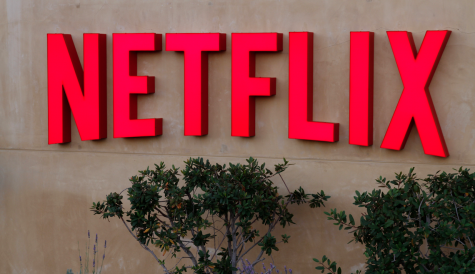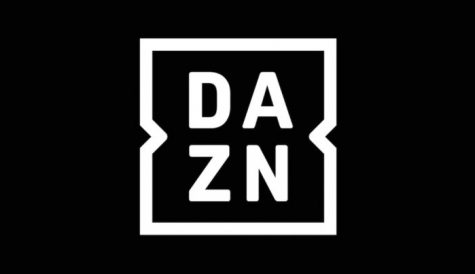France Télévisions chief highlights Netflix rival SVOD project’s progress
France Télévisions’ plans for a new SVOD service are progressing well, with agreements in principle signed with five production groups, according to director-general Delphine Ernotte-Cunci.
In an interview with French financial daily Les Echos, Ernotte-Cunci said that the planned revamp of the broadcaster’s existing catch-up and video-on-demand service was on track for May, with the launch of the SVOD service scheduled for September.
She said that France Télévisions had agreements in principle with five out of a total of 10 production outfits approached, and added that deals would be based on a revenue-share arrangement, giving producers the ability to make additional money as well as exposing their content to a wider audience.
France Télévisions would retain editorial control, distributing older seasons of current shows to new audiences, organising themed content on the basis of data from recommendation engines and offering premieres, she said.
Ernotte-Cunci said that discussions were ongoing for the participation of the pubcaster’s Belgian, Swiss and Canadian equivalents, but that this was likely to be complicated by the need to clear rights for international distribution of content. She said that France Télévisions did not have a strong portfolio of rights for international distribution.
Ernotte-Cunci said that she expected France Télévisions to generate €15 million in additional revenues outside advertising by 2020.
Ernotte-Cunci revealed in January that France Télévisions was approaching producers direct to strike deals for the SVOD service.
She had previously unveiled detailed plans for the service at a parliamentary hearing in December.
More broadly, Ernotte-Cunci reiterated to Les Echos that France Télévisions would focus on upping its original production, with a plan to spend €60 million over three years, partially reversing €90 million in cuts over the past five years. She said the broadcaster would make economies elsewhere, notably by not replacing one in two employees who leave, leading to an expected reduction in headcount of 500 between now and 2020.




